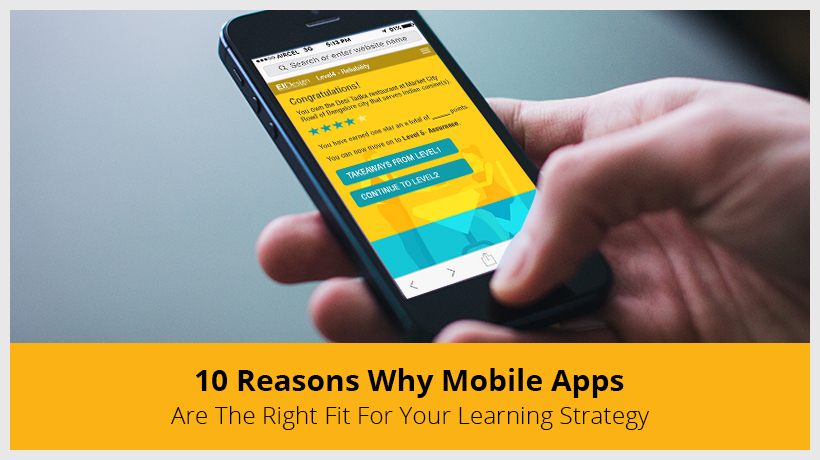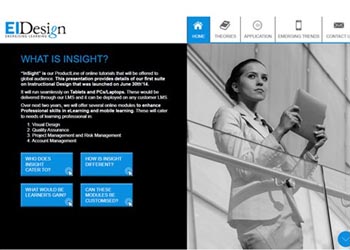
The versatility of Microlearning makes it a great choice for L&D teams to use it for the entire spectrum of Virtual Training needs. With the changed workplace dynamics and need to offer short, focused remote learning, Microlearning is a must have learning strategy today.
Microlearning FAQs
1. What is Microlearning?
Microlearning is short, bite-sized learning that features short learning nuggets. Each nugget is designed to meet a specific outcome, and the training may be delivered through a stand-alone nugget or as multiple nuggets that are offered as a learning journey/pathway.
2. What is not Microlearning?
Microlearning is not just breaking down a 10-hour training into small pieces. It’s an action-oriented approach of offering bite-sized learning that gets learners to learn, act, and practice. The ideal way to go about creating Microlearning nuggets is to identify the larger learning objective and then drill it down to micro levels.
3. How long should Microlearning be?
Microlearning features focused learning nuggets ideally designed to be 2-5 minutes long and normally not exceeding 7 minutes. Within this seat time, it should enable the learner to achieve a specific outcome or gain.
4. What are the benefits of Microlearning?
Given the distractions and need to multi-task, employees will not block hours for training. However, they can easily carve out time for shorter bites. Additionally, Microlearning based trainings:
- Are available on-demand and can be easily pulled, at the moment of their need.
- Are relevant and provide an action-oriented learning experience.
- Create a sense of fulfillment and achievement.
- Offer personalized learning pathways that match their aspirations and can serve as effective career pathways.
5. What are Microlearning Videos?
Microlearning Videos are short, focused videos that are designed to meet a specific learning outcome. Microlearning Videos can be created as standalone nuggets that offer a specific learning takeaway or as a part of a longer learning path.
6. How to design Microlearning?
You can go about designing an effective Microlearning experience by following the given steps:
- Create the “Master Learning Blueprint” for your course and define the learning goals.
- Craft the “learning path” by converting your master learning goal into a series of nuggets.
- Create a learning path and get your learners to complete milestones based on their convenience.
7. How to deliver Microlearning?
Microlearning can be delivered on all devices enabling the learners to move across devices (from a desktop/laptop at the office to their tablet/smartphone). However, there is a natural synergy between Microlearning and mLearning as these short nuggets are often consumed by learners on the go – on their smartphones.
8. Is Microlearning effective?
Microlearning based trainings fit in as a highly effective approach to engage learners and enable organizations to enhance employee performance. Learners love it as they want training that is short and focused, helps them achieve a specific gain, and can be consumed “on the go.”
9. What are the different media formats of Microlearning?
Here are 18 formats that you can use to create Microlearning:
- Infographics.
- Interactive Infographics.
- PDFs.
- Interactive PDFs.
- eBooks.
- Flipbooks.
- Animated Videos.
- Whiteboard Animation Videos.
- Kinetic Text Based Animation Videos.
- Explainer Videos.
- Interactive Videos.
- Expert Videos.
- Recorded Webinars.
- Audio Books/Podcasts.
- Interactive Parallax Based Scrolling.
- Mobile Apps.
- Complex Branching Scenarios.
- Virtual Reality (VR).
10. When not to use Microlearning?
Microlearning may not work in situations where the training program is long and complex (that is, trainings that have complex concepts and nested learning pieces). In such situations, it makes more sense to present the training as a single larger learning unit.
Breaking down such content into multiple nuggets can be counterproductive. It would create a rather disruptive learning experience and will impact the learning takeaways adversely. In such a case, a Macrolearning based approach would be the right mode, instead of Microlearning.
11. When to use Microlearning?
Microlearning is most effective when used to deliver training in the flow of work. Microlearning-based training can address the majority of corporate training needs including Formal Training, as Performance Support Tools, just-in-time learning aids, for practice, proficiency gain, challenges, reinforcement, and to drive Social Learning and Self-Directed Learning.
12. Why should you use Microlearning?
In a dynamically changed work-world, employees don’t have a lot of time to invest in Formal Learning, and organizations seek any competitive edge they can leverage. Microlearning can help you deliver short, focused training content to your learners, which can produce specific outcomes in a shorter timeframe.
13. Why Microlearning works?
In a world that is full of distractions and diminishing attention spans, it is critical to have sharp, focused learning nuggets. Only then do you get the learners’ attention, and they invest in completing it. This is precisely what Microlearning based training delivers.



